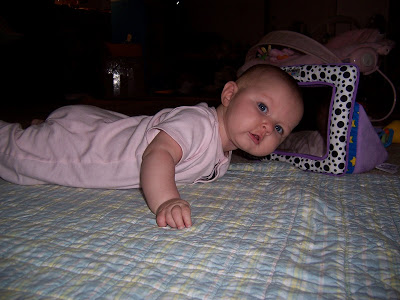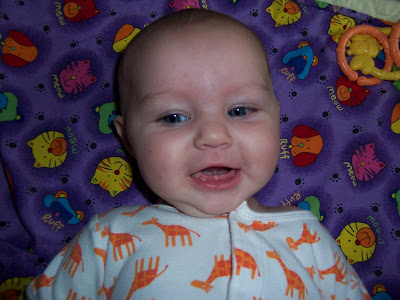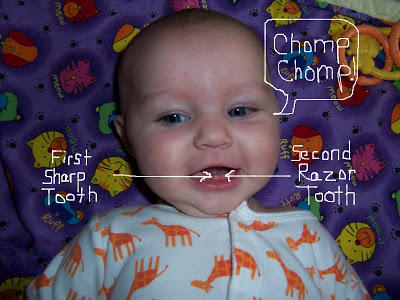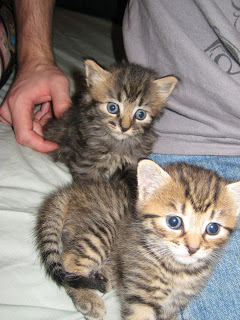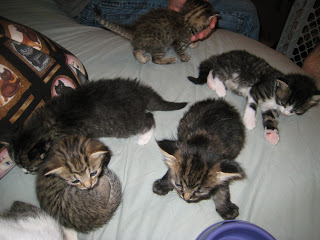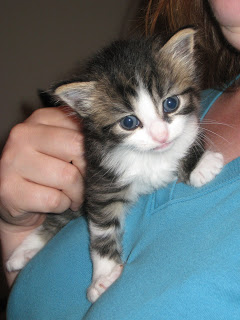Before Cordy’s diagnosis of an autism spectrum disorder, I knew it might be a possibility. I had read blogs written by women with autistic children, I had devoured all of WebMD’s behavioral disorders topics. I looked at lists of symptoms and signs and red flag markers and yellow flag markers and warning signs. In the end, I would look at Cordy, scrutinizing each action and wondering if it matched one of those signs, or if I was reading too much into it.
(As a side note, there are huge debates on the topic of self-diagnosis thanks to sites like WebMD, and I could go on and on about the pros and cons of it. But that’s for another time.)
Since Cordy is my first-born, I had no other experience raising a child. I wasn’t really sure what was normal and what was not. The line is such a fine line when it comes to some behavioral issues that you can drive yourself mad trying to decide if it’s atypical or not. And without a visual example of some signs, I can’t be sure what to look for. Arm flapping I can visualize, but what about “restricted patterns of interest”? Maybe she just happens to like a certain toy? Or maybe it’s something else.
I stumbled across something today that I wish was around earlier this year when I was going through my internal turmoil of suspecting something was wrong with Cordy. The website Autism Speaks released its ASD Video Glossary this week. This is a site filled with over 100 video clips of kids who are neurotypical and kids who are on the spectrum, showing you some of the many subtle differences between kids who are showing typical development and those who appear delayed.
While watching some of the videos, I admit I was stunned by what I saw. In one, a child is given a plate, a cup, a spoon, a bottle and a stuffed Big Bird. The child pretends to feed Big Bird a bottle and holds the spoon to feed Big Bird, then pretends to feed himself. The child in the next video, though, is in the same situation, but chooses to examine the plate and bottle closely, banging them on the table and turning them over, completely uninterested in pretend play.
Cordy would have done the same as the second child – I had thought her to simply be a curious child at first. My little engineer, wanting to see how the world works. She wouldn’t have offered me a bite of imaginary food, and poor Big Bird would starve before she’d help him out.
The video glossary is by no means a complete guide to behaviors exhibited by a child on the spectrum. But it is a good start, and provides a decent cross-section of children at all functional levels, and at various ages. Watching the videos makes me glad that I trusted my gut instinct to have Cordy evaluated. She’s high-functioning, but the need for some therapy is still there. And seeing a couple of the video clips, showing a child before and after therapy, I think Cordy has a great chance of overcoming any obstacles in her way.
You do have to register to use the video glossary, but it’s completely free. If you worry your child isn’t developmentally typical, or just want to learn more, this is a very cool resource to check out.
(PS – This may read like an advertisement, but I can assure you no one contacted me to write about it. My step-father called to tell me about an article he saw featuring the site, and after watching several video clips I was so impressed I had to write about it.)
